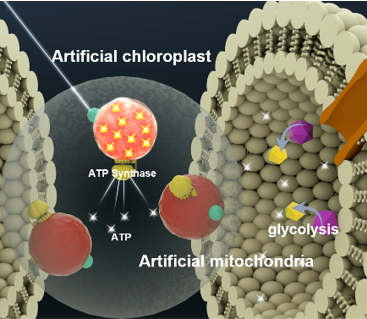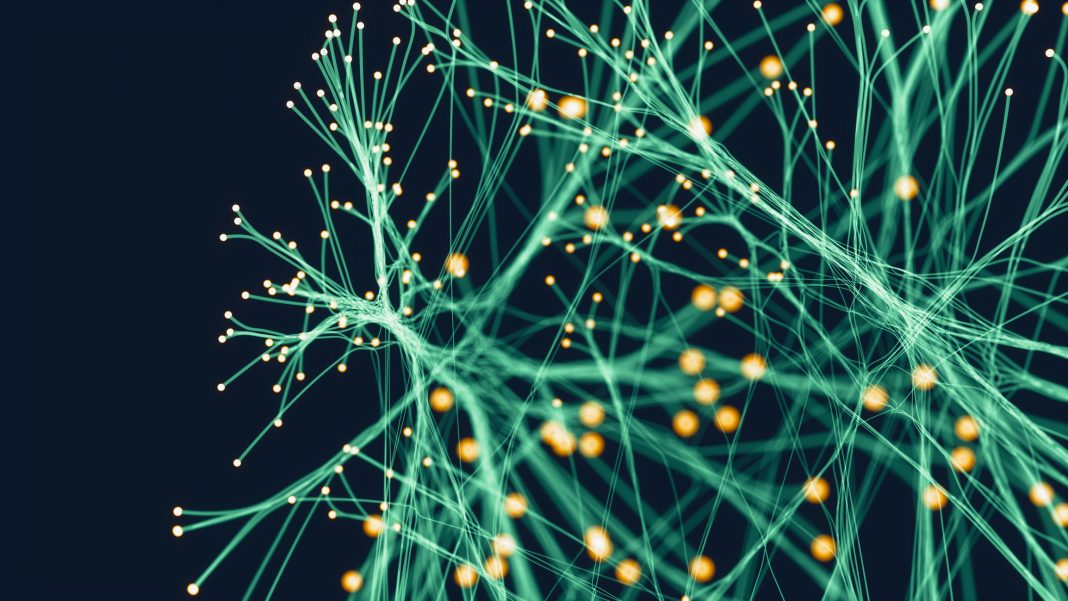Researchers believe energy-generating synthetic organelles could sustain artificial cells and improve energy efficiency
In Biophysics Reviews, researchers from Sogang University in South Korea and the Harbin Institute of Technology in China have made impressive advancements in artificial cell research.
Synthetic cells that generate energy and synthesize molecules autonomously
“If scientists can create artificial mitochondria and chloroplasts, we could potentially develop synthetic cells that can generate energy and synthesize molecules autonomously. This would pave the way for the creation of entirely new organisms or biomaterials,” author Kwanwoo Shin explains.
Chloroplasts in plants use sunlight to convert water and carbon dioxide into glucose. In both plants and animals, mitochondria produce energy by breaking down glucose.
Here we find that mitochondria are not only “the powerhouses of the cell” – but one of the most complex intracellular components to replicate artificially.
Once a cell produces energy, often a molecule called adenosine triphosphate (ATP) stores and transfers that energy. When the cell breaks down the ATP, it releases energy that powers its functions.
‘ATP acts as the main energy currency of the cell’
“In other words, ATP acts as the main energy currency of the cell, and it is vital for the cell to perform most of the cellular functions,” said Shin.
The team identifies proteins as the most important aspect of molecular rotary machinery, proton transport, and ATP production.

Credit: Biological Interface Group, Sogang University
What have previous studies on artificial cells looked at?
Previous studies have focussed on replicating components that make up energy-producing organelles.
Some very promising studies have looked at the intermediate operations involved in the complex energy-generating process, and by connecting the sequence of proteins and enzymes, researchers have actually improved energy efficiency.
Of course, artificial cell research is not without its challenges. For example, reconstructing the energy production organelles is difficult, as is enabling self-adaptation in changing environments to maintain a stable supply of ATP. In the future, researchers must consider improving this limiting feature before synthetic cells are self-sustainable.
It is important to create artificial cells with biologically realistic energy-generation methods that mimic natural processes, say researchers. “This could be an important milestone in understanding the origin of life and the origin of cells,” Shin concludes.











